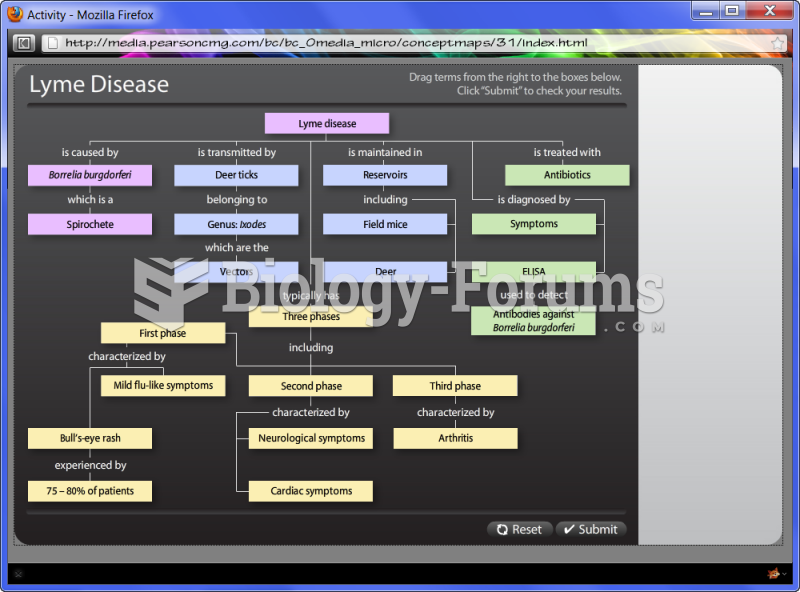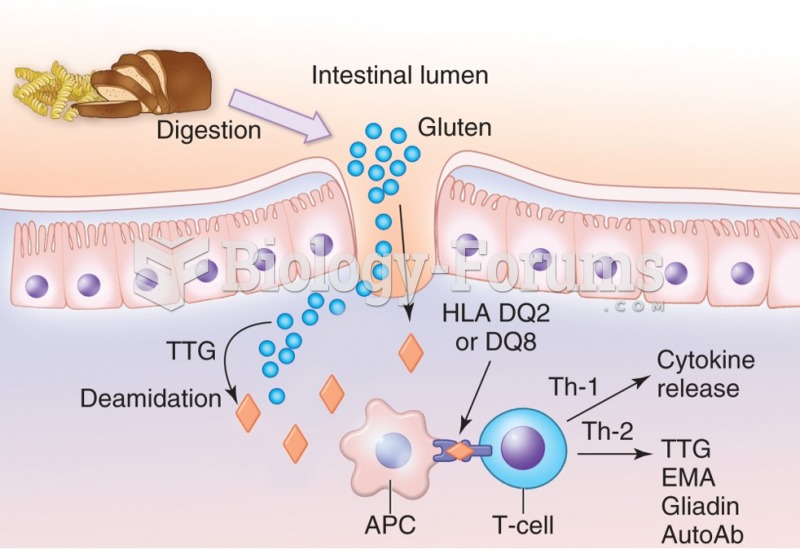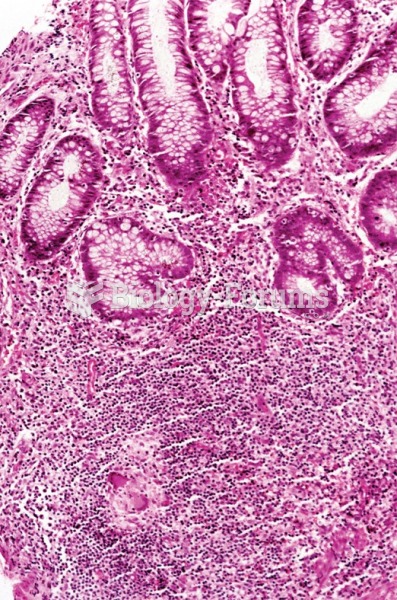Answer to Question 1
Fecal calprotectin (Cal), lactoferrin (Lf), and polymorphonuclear neutrophil elastase (PMN-e) levels correlate with inflammation and can be used to indicate an exacerbation of Crohn's disease. PMN-e is an enzyme released from polymorphonuclear leukocytes involved in the body's non-specific immune response; it is released early in infection and helps destroy offending organisms. On a side note, some suggest PMN-e content may be linked to genetics, which is interesting considering the genetic component of IBD. Calprotectin correlates significantly with endoscopic colonic inflammation and lactoferrin correlates with histologic inflammation. Because colorectal neoplasia and GI infection also can increase levels of fecal calprotectin, it should be used with caution. However, research is continuing in the practical use of this marker for clinicians as it appears to be as good as the CDAI for indicating Crohn's disease activity.
Other laboratory values consistent with an exacerbation of Crohn's disease include antisacchromyces antibodies (ASCA), which are often used to differentiate Crohn's from ulcerative colitis. Interleukins and tumor necrosis factor are markers for IBD; these serum cytokines may be elevated in an exacerbated state of Crohn's. C-reactive protein and erythrocyte sedimentation rate (ESR) are acute-phase reactants that could be elevated as well, but these do not always indicate intestinal inflammation. Severe exacerbations of Crohn's disease will also commonly show low albumin levels, which are consistent with inflammation and poor protein/calorie intake. Elevated WBC levels are consistent with the inflammation of exacerbated Crohn's.
Answer to Question 2
Corticosteroids: Anti-inflammatory; reduction of lymphocytes; increased neutrophils; decreased production of prostaglandins.
Drug-nutrient interactions: hyperglycemia, nitrogen wasting, and increased risk of osteoporosis (increased excretion of calcium). May result in hypokalemia, as well.
Mesalamine: Also known as 5-aminosalicylic acid/5-ASA. Anti-inflammatoryinhibits cyclooxygenase, which reduces synthesis of prostaglandins.
Drug-nutrient interactions: none
Humira: Anti-TNF antibody that inhibits TNF-, which reduces the inflammatory response.
Drug-nutrient interactions: none







